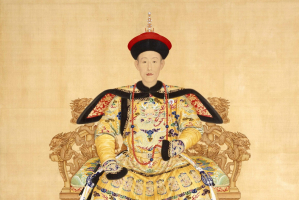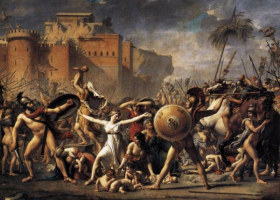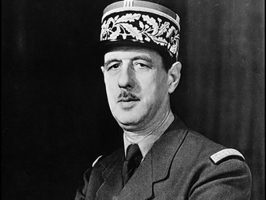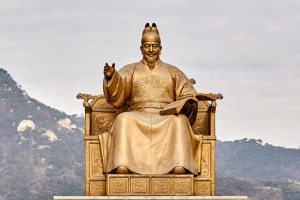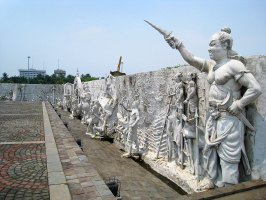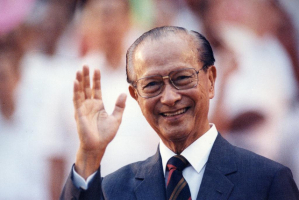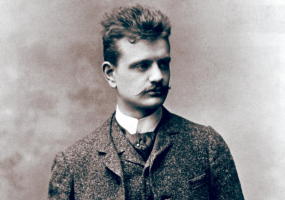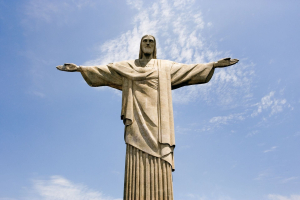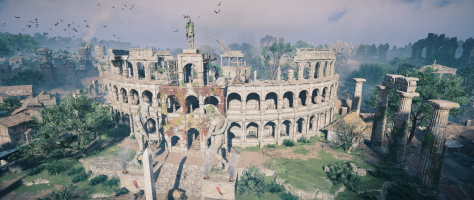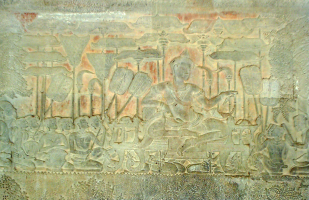Top 6 Most Important Mughal Emperors
The Mughal Empire ruled over nearly the entire Indian subcontinent at its height, from the middle of the 16th century to the beginning of the 18th. It had ... read more...access to enormous resources, including both manpower and money. The Mughal dynasty's first emperor, Babur, and five of his direct descendants, Humayun, Akbar, Jahangir, Shah Jahan, and Aurangzeb, are its most well-known rulers. In this article, Toplist is going to introduce to you the most important Mughal emperors. The military, artistic, and political splendors of the empire are inextricably linked to the individual biographies of these six emperors, who are occasionally referred to as the Great Mughals.
-
A fifth-generation descendant of the Turkic conqueror Timur, whose empire was established in the late 14th century and spanned much of Central Asia and Iran, was Zahir al-Din Muhammad (throne name Babur). Babur, who was born in 1483 at the end of that empire, had to deal with the harsh reality that there were too many Timurid princes and not enough Timurid principalities. As rivals competed to overthrow one another and expand their spheres of influence, the result was a never-ending cycle of wars and political intrigue. Babur focused much of his youthful energy on attempting to seize and maintain control of Samarkand, the former center of the Timurid empire. In 1497, he held it, lost it, and then reclaimed it in 1501. In 1501, he was soundly defeated in battle by Muhammad Shaybani Khan, losing the coveted city as well as his native principality of Fergana. He gave up on his lifelong goal after one final futile attempt to retake Samarkand in 1511.
But Timurid life has second chances. Babur turned his attention to India from Kabul, which he had taken control of in 1504, and began conducting raids into the Punjab region in 1519. At the Battle of Panipat in 1526, Babur's army routed the Lodi Sultanate of Delhi's much larger force before moving on to seize Delhi. Babur ruled all of northern India from the Indus to Bengal when he passed away in 1530. The Mughal Empire had a defined geographic scope, but it lacked the organizational framework to be governed as a single state.
Babur is also remembered for his autobiography, the Baburnamah, which provides a sophisticated and amusing account of his travels, adventures, and financial ups and downs, as well as observations on local politics, society, and nature.
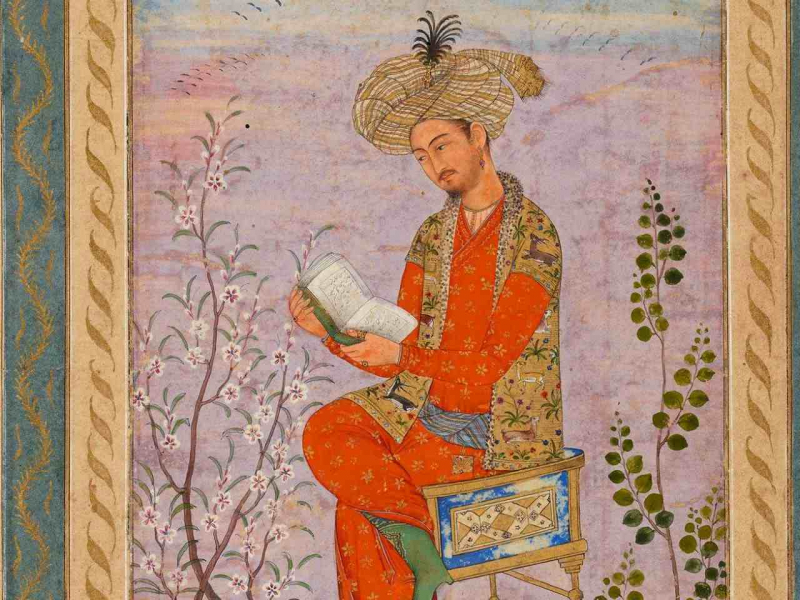
News9live 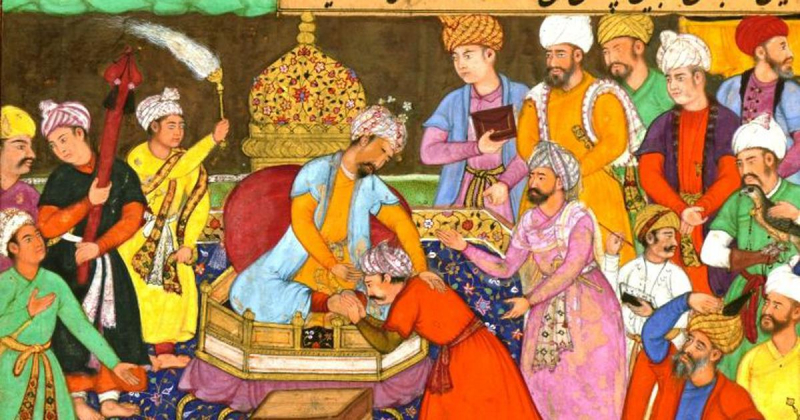
Scroll.in -
Humāyūn, also known as Nir al-Dn Muhammad, was the second Mughal ruler of India, reigning from 1508 to 1556. He was more of an adventurer than a consolidator of his empire. Humayun, the son, and successor of Babur, who established the Mughal dynasty, ruled from 1530 to 1540, and again from 1555 to 1556.
Because the Afghans and Rajputs were merely restrained but not reconciled to Mughal supremacy by the Mughal victories at Panipat (1526), Khanua (1527), and the Ghaghara (1529), Humayun inherited the hope rather than the fact of empire. Encouraged by Afghan and Mughal émigrés, Bahādur Shah of Gujarat challenged the Mughals in Rajasthan. Even though Humayun conquered Gujarat in 1535, the threat there didn't end until Bahdur's death in 1537. Meanwhile, Shēr Shah of Sūr, an Afghan soldier of fortune, had established his dominance in Bengal and Bihar. Humayun was expelled from India after he defeated him at Chausa in 1539 and at Kannauj in 1540.
Humāyūn became a homeless wanderer, seeking help first in Sindh, then in Marwar, and finally back in Sindh, where his famous son, Akbar, was born in 1542. When Humāyūn arrived in Iran in 1544, he was granted military aid by Shah Ṭahmāsp and went on to conquer Kandahr (1545) and seize Kabul three times from his own disloyal brother, Kāmrān, the last time in 1550. Taking advantage of civil wars among Shēr Shah's descendants, Humāyūn captured Lahore in February 1555, and after defeating SikandarSūr, the rebel Afghan governor of the Punjab, at Sirhind, he reclaimed Delhi and Agra the following July. Humāyūn was killed after falling down his library's staircase. The first of the great Mughal architectural masterpieces, his tomb in Delhi was constructed several years after his passing and was given UNESCO World Heritage status in 1993.
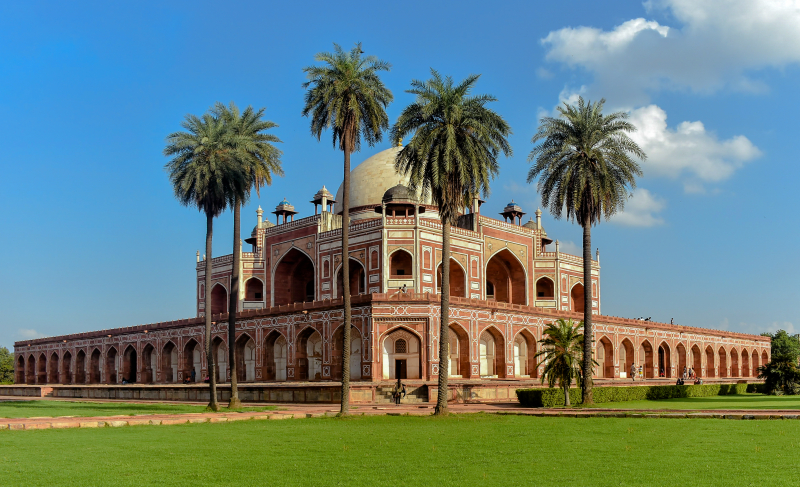
Humayun's Tomb - Wikipedia 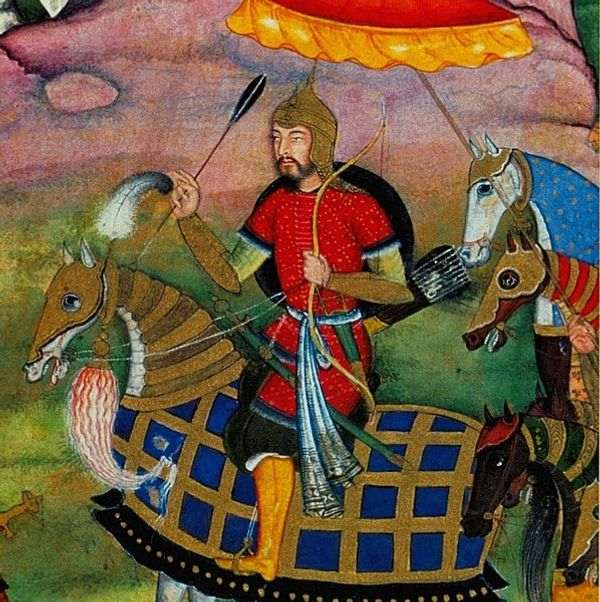
National Views -
Akbar, Humayun's son (reigned 1556-1605), is widely regarded as the greatest of all Mughal emperors. When Akbar ascended to the throne, he inherited a shrunken empire that didn't extend much further than Punjab and the area around Delhi. He launched a series of military campaigns to expand his territory, and among his toughest opponents were the Rajputs, fierce warriors who ruled Rajputna (now Rajasthan). The Rajputs' main weakness was that they were divided by bitter rivalries. This allowed Akbar to deal with Rajput chiefs on an individual basis rather than as a united force. In 1568, he captured Chitor (now Chittaurgarh), and his remaining Rajput opponents quickly surrendered.
Akbar's strategy was to gain the support of his defeated adversaries by granting them the right to continue holding power in exchange for accepting him as emperor. Despite the great diversity of its peoples and religions, this strategy, along with Akbar's tolerant attitudes toward non-Muslims, ensuring a high degree of harmony in the empire. Akbar is also credited with creating the institutional frameworks that would mold the imperial ruling class for a number of generations. Along with his military prowess, Akbar also distinguished himself as a thoughtful and tolerant leader; he promoted interreligious understanding and—despite being illiterate himself—literature and the arts.
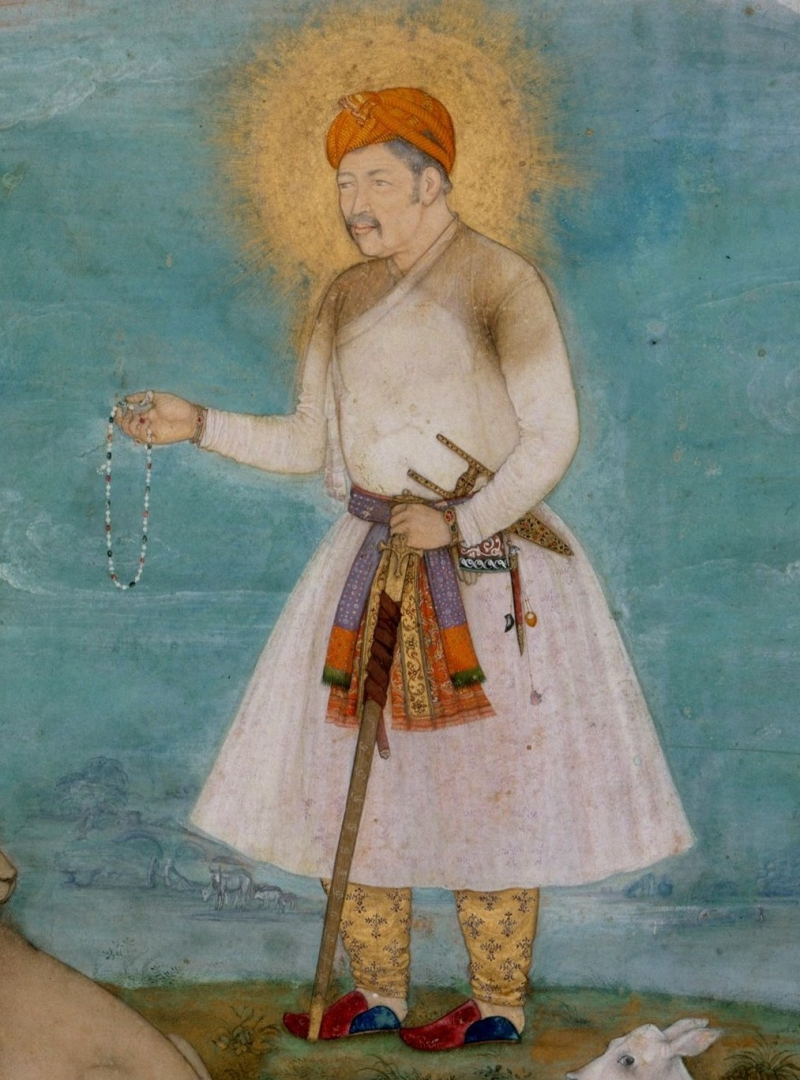
Wikipedia 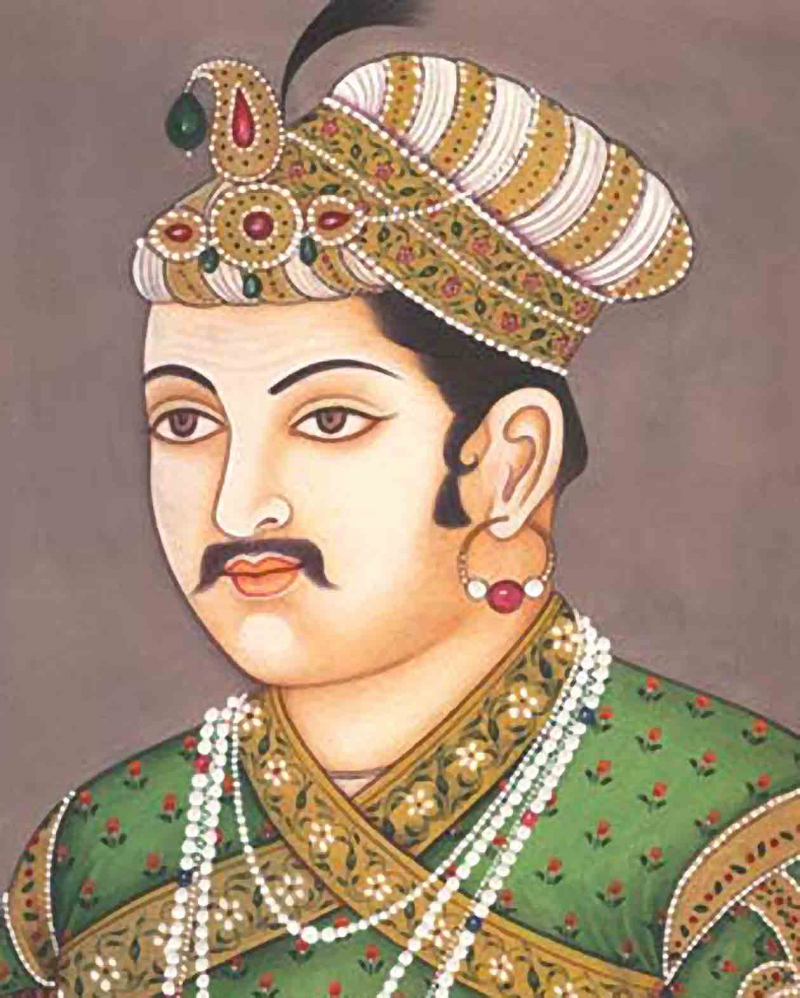
CulturalIndia.net -
The son of Akbar, Jahangir (born Salim), was so eager to take the throne that he staged a brief uprising in 1599 and declared his independence while his father was still in power. He even went so far as to plan Abu al-murder Fazl's two years later, who was his father's best friend and chief advisor. These occurrences disturbed Akbar, but there were few candidates for succession, and two of Jahangir's younger brothers had already drowned their sorrows, so Akbar formally named Jahangir as his successor before passing away in 1605.
Jahangir was able to concentrate on other endeavors because he inherited a prosperous and stable empire. His support for the arts was unmatched, and the miniature paintings created in his palace workshops are among the best in Mughal history. Additionally, he drank too much alcohol and opium, at one point hiring a separate servant just to keep track of his supply of intoxicating substances.
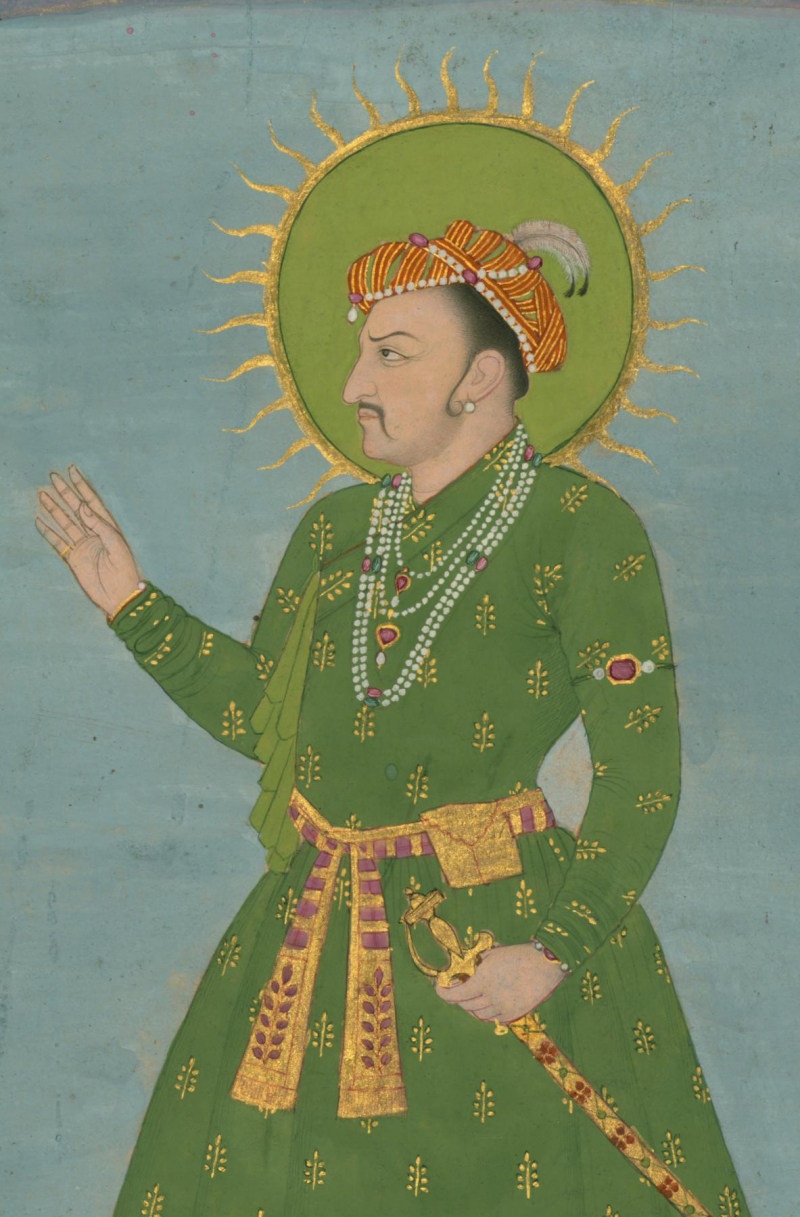
Wikipedia 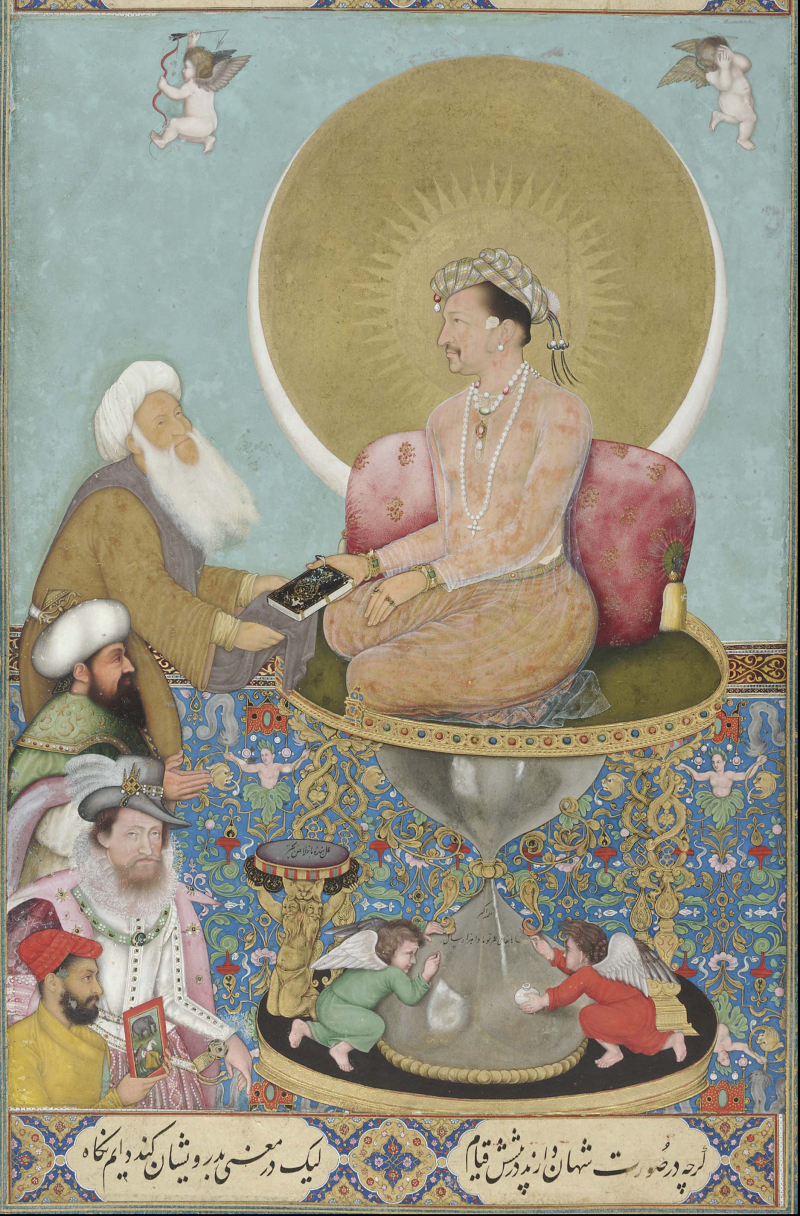
Wikipedia -
Shah Jahan (birth name Shihab al-Din Muhammad Khurram) inherited a relatively stable and prosperous empire from his father Jahangir. He had some success in extending the Mughal Empire into the Deccan states (Indian peninsula states), but he is best known today as a builder. After his third wife, Mumtaz Mahal, died while giving birth to the couple's 14th child, he commissioned his most famous creation, the Taj Mahal, in 1632. The massive mausoleum complex took more than 20 years to complete and is now one of the most well-known structures on the planet.
During Shah Jahan's rule, Mughal family politics remained challenging as always. Shah Jahan became ill in 1657, which led to a war of succession between his sons. After winning, his son Aurangzeb proclaimed himself emperor in 1658 and imprisoned his father until his death in 1666.
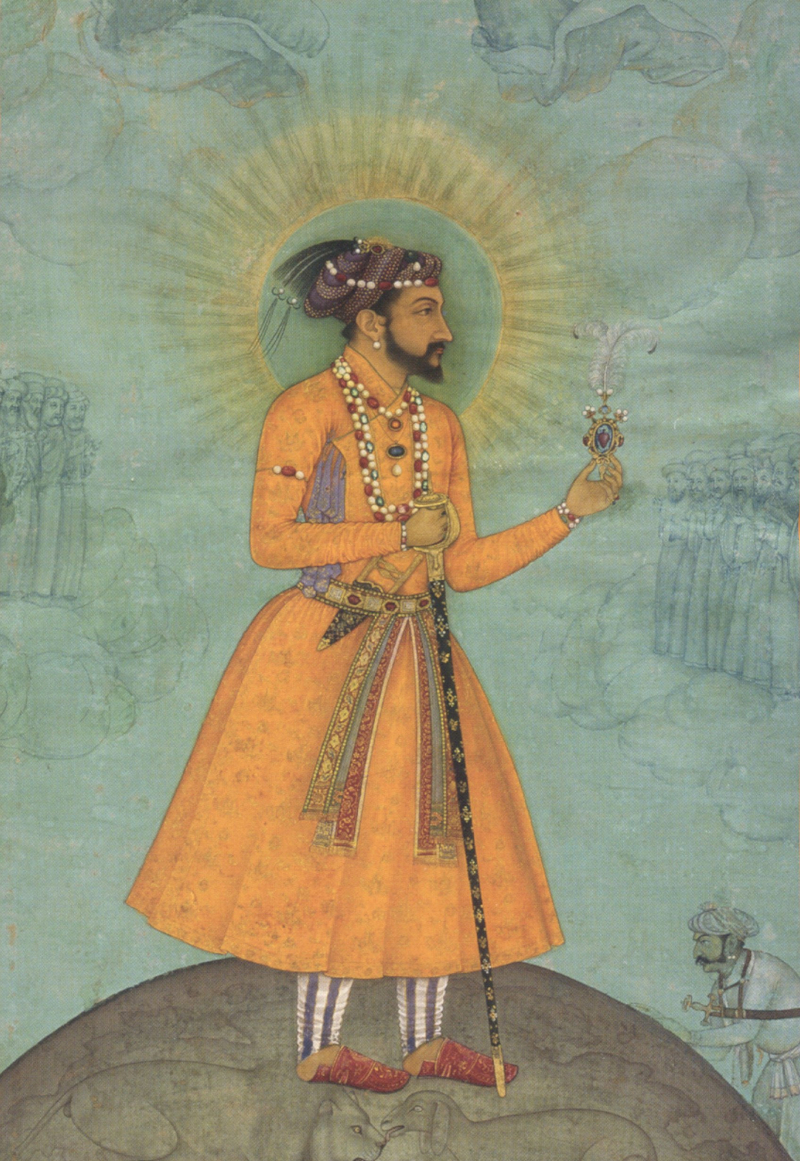
Wikipedia 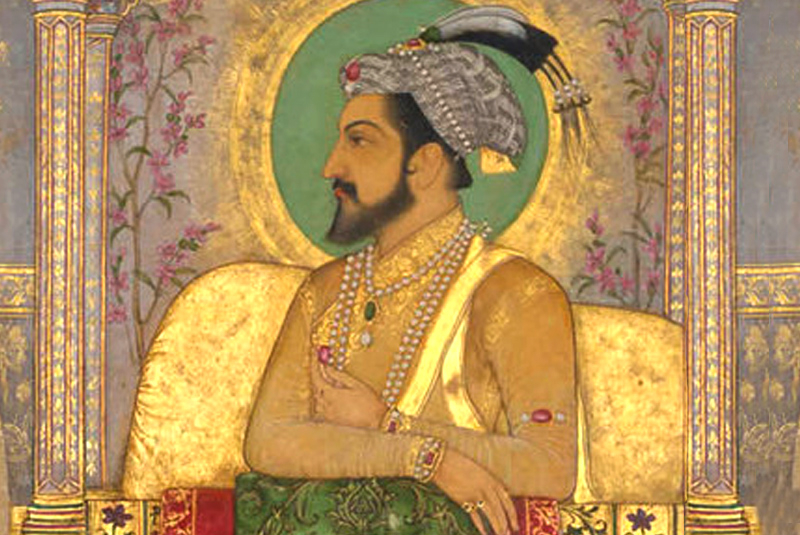
Madras Courier -
Aurangzeb was a capable administrator and military commander who avoided the decadence and drug abuse problems that had dogged many of his predecessors. He oversaw the Mughal Empire at its geographical peak, pushing the southern border all the way to Tanjore along the Deccan peninsula. But the empire began to fall apart during his reign as well. He ended many of the policies of religious tolerance that had made pluralism and social harmony possible because he was a more devoutly orthodox Muslim than his predecessors.
Events within the empire grew more disorganized during his reign. Rebellions were sparked by racial tensions and onerous agricultural taxes. The majority of these uprisings were put down by Aurangzeb, but doing so put a strain on the imperial government's financial and military resources. The empire was still standing when Aurangzeb passed away in 1707, but the conflicts that surfaced during his nearly five-decade rule plagued his successors and led to the empire's slow disintegration over the course of the 18th century.
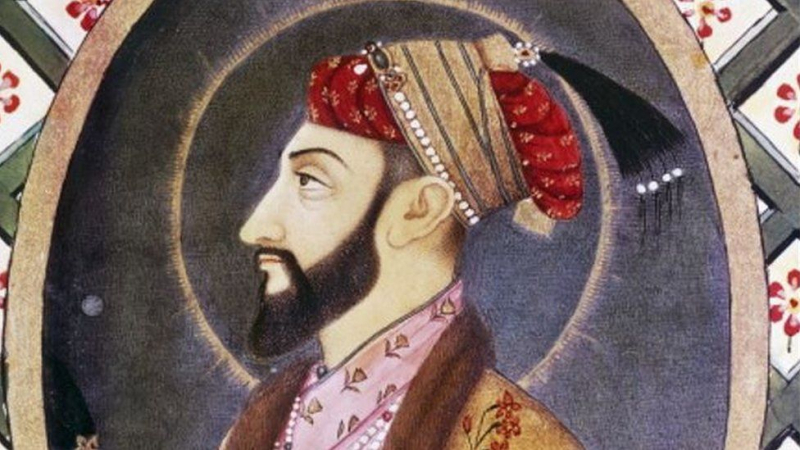
BBC 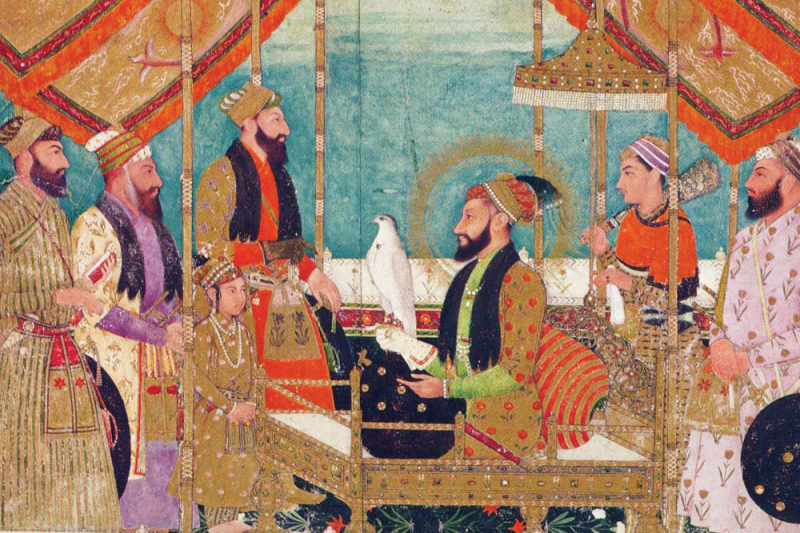
Open Magazine








